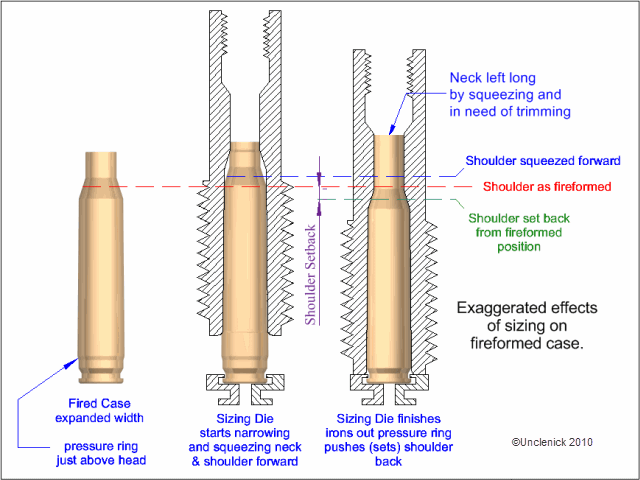Shooter2675
New member
I went to the range yesterday with my brother to shoot some of my new handloads for his Remington 700 .30-06. When we tried to chamber the round, the bolt was a little hard to close. Once closed, the rounds fired fine, and there was no trouble extracting, no wear marks on the case, nothing. All the cases were measured below 2.494 inches prior to reloading them, and I was using Hornady .308 cal 150 Grain Interlok Round Nose bullets. Per the Hornady manual, I seated them to 3.000 inches. Not sure if this matters, but the powder I used was IMR 4064. It was a lighter load, on the lower end of what was listed in the Hornady 9th edition manual. What could be causing the tough chamberings? My first guess was that the chamber is not cut for Round Nose bullets, but I am not sure.
Thank you,
John
Thank you,
John

